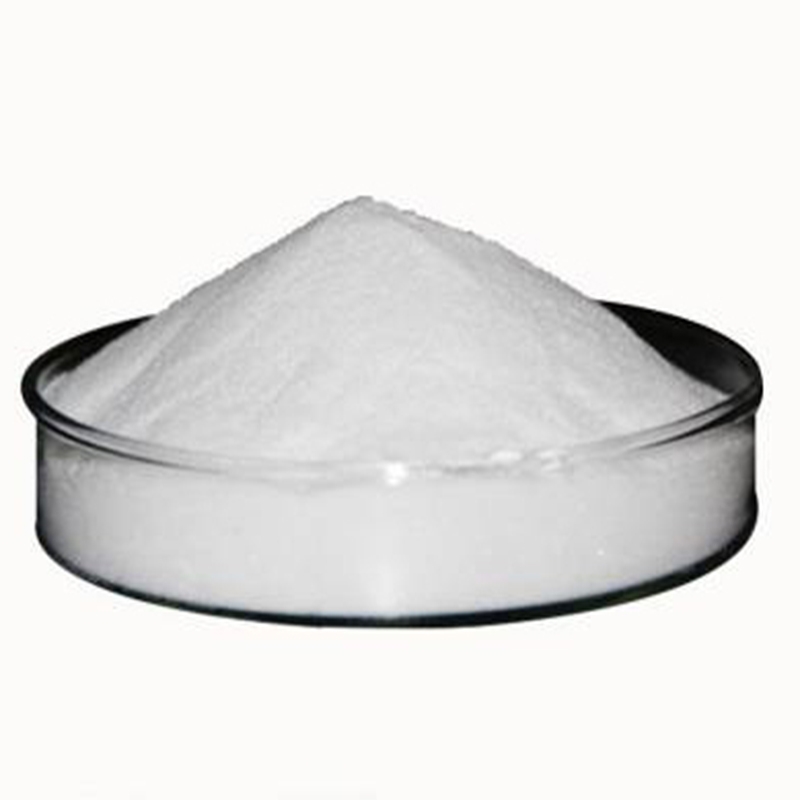BEIJING, Nanjing, September 6 (Reporter Yang Yan-chee), according to China Ke Xueyuan Nanjing Institute of Geology and Palaeontology 6, 2007, that involved Chinese and foreign research team recently discovered by Wang Yu from large leaves China Sichuan is a new materials research, From the perspective of global stone records, the classification revision and the exploration of temporal and spatial distribution characteristics have refreshed the new understanding of the morphology of this genus for more than 100 years
Academy of Sciences The results were published in the international academic journal "Review of Palaeobotany and Palynology" (Review of Palaeobotany and Palynology)
According to the scientific researchers, the genus Dictyostelium is a representative gymnosperm of the Late Triassic
However, this genus is an extinct morphological genus, which is considered to be cycads or seed ferns.
Recently, China Kexue Yuan doctoral student in Nanjing Institute of Geology and Paleontology Xu Yuanyuan, a researcher at Yongdong mentor and guide Zhuyou Hua researchers, in collaboration with Prof.
Academy of Sciences Through this research, the team discovered a large number of beautifully preserved Dictyostelium fossils in the Upper Triassic Xujiahe Formation in Guangyuan, Sichuan
Based on this, the researchers conducted a more in-depth study on the morphological characteristics of the genus, and revised the genus characteristics, revealing that the leaf edge of this species has deep or shallow nicks, or occasionally feathery morphological characteristics.
This feature has never been reported in long-term research, refreshing the new understanding of the morphology of this genus for more than a hundred years
The research team also carried out a comprehensive assessment and revision of the fossils of the genus Cynanchum that have been published worldwide
The results show that only 3 of the 16 fossil records that have been reported can be identified as valid species, and the selected models and paramodel specimens have been designated respectively
Based on the analysis of the temporal and spatial distribution characteristics of the global stone records, the researchers believe that the distribution age of Cynanchum is limited to the Late Triassic.
Dictyostelium was restricted to the southern plant area of the Late Triassic in China, but there is no conclusive fossil record in the northern plant area.
The researchers inferred from paleogeographic analysis that the plant originated in the South China plate in the early Late Triassic, and radiated to the Middle East, Europe and Africa during the Reti period
This article is an English version of an article which is originally in the Chinese language on echemi.com and is provided for information purposes only.
This website makes no representation or warranty of any kind, either expressed or implied, as to the accuracy, completeness ownership or reliability of
the article or any translations thereof. If you have any concerns or complaints relating to the article, please send an email, providing a detailed
description of the concern or complaint, to
service@echemi.com. A staff member will contact you within 5 working days. Once verified, infringing content
will be removed immediately.







